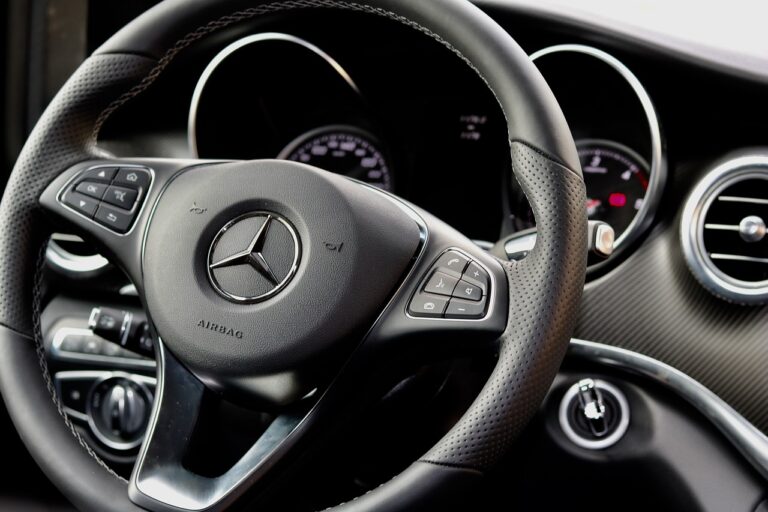The Evolution of Automotive Fuel Injection Systems: From Carburetors to Direct Injection
Electronic Fuel Injection (EFI) has revolutionized the way fuel is delivered to an engine in modern vehicles. This system replaces the traditional carburetor by precisely spraying fuel directly into the intake valves, resulting in improved engine performance and fuel efficiency. EFI operates through a complex network of sensors and actuators that constantly monitor and adjust the air-fuel mixture to optimize combustion.
The introduction of Electronic Fuel Injection marked a significant advancement in automotive technology, offering several advantages over carburetors. With EFI, engines can achieve better fuel atomization, leading to more complete combustion and reduced emissions. Additionally, the electronic control unit of EFI allows for better adaptability to changing driving conditions, resulting in smoother acceleration and overall improved engine response.
Advantages of Electronic Fuel Injection over Carburetors
Modern vehicles are increasingly equipped with electronic fuel injection systems, which offer numerous advantages over traditional carburetors. One key benefit of electronic fuel injection is its superior fuel efficiency. By precisely regulating the amount of fuel delivered to the engine based on various parameters such as engine speed and load, electronic fuel injection systems ensure optimal combustion, resulting in improved fuel economy compared to carbureted engines.
Another advantage of electronic fuel injection is enhanced performance. With electronic fuel injection, fuel delivery is precisely controlled, leading to more consistent and efficient engine operation. This improved control allows for better engine response, smoother acceleration, and overall increased power output compared to carbureted engines. Additionally, electronic fuel injection systems can adapt to changing driving conditions in real-time, ensuring optimal performance at all times.
Transition to Multi-Point Fuel Injection
Multi-point fuel injection (MPFI) has revolutionized the way fuel is delivered into the combustion chamber of an engine. Unlike the previous single-point injection systems, MPFI employs multiple injectors located in each intake port of the engine. This setup allows for precise control over the amount of fuel delivered to each cylinder, resulting in improved fuel efficiency and performance.
By using multiple injectors, MPFI ensures that each cylinder receives the precise amount of fuel it needs based on factors such as engine load and speed. This targeted delivery of fuel optimizes combustion, leading to cleaner emissions and better overall engine performance. The transition to MPFI has become the standard in modern vehicles due to its ability to provide a more efficient and environmentally friendly method of fuel delivery compared to single-point injection systems.
What is the main advantage of electronic fuel injection over carburetors?
Electronic fuel injection provides better fuel efficiency, improved engine performance, and lower emissions compared to carburetors.
What is multi-point fuel injection?
Multi-point fuel injection is a type of electronic fuel injection system that uses multiple injectors to deliver fuel to each cylinder individually, resulting in more precise fuel delivery and better engine performance.
Why are car manufacturers transitioning to multi-point fuel injection?
Car manufacturers are transitioning to multi-point fuel injection because it provides better fuel efficiency, improved engine performance, and lower emissions compared to other fuel injection systems.
What are some of the benefits of transitioning to multi-point fuel injection?
Some benefits of transitioning to multi-point fuel injection include better fuel efficiency, improved engine performance, lower emissions, and easier maintenance compared to other fuel injection systems.
How does multi-point fuel injection work?
Multi-point fuel injection works by using multiple injectors to deliver fuel to each cylinder individually, ensuring that each cylinder receives the right amount of fuel for optimal performance.







